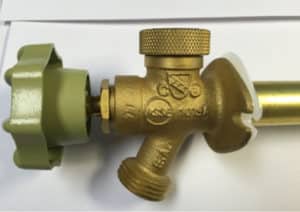An Important Community-Wide Safety Project

Orangeburg has hired HydroCorp to complete this work due to HydroCorp’s 40+ years of experience managing Cross-Connection Control Programs, including surveying and data management.
This web page serves to assist Orangeburg Customers with their participation in this important safety program. Orangeburg has selected HydroCorp to assist with Coordination, Site Visits, and Data/Compliance Management. If you have any questions or require additional information, please contact HydroCorp at 1-844-493-7660. Thank you for your support and cooperation on this important issue.















